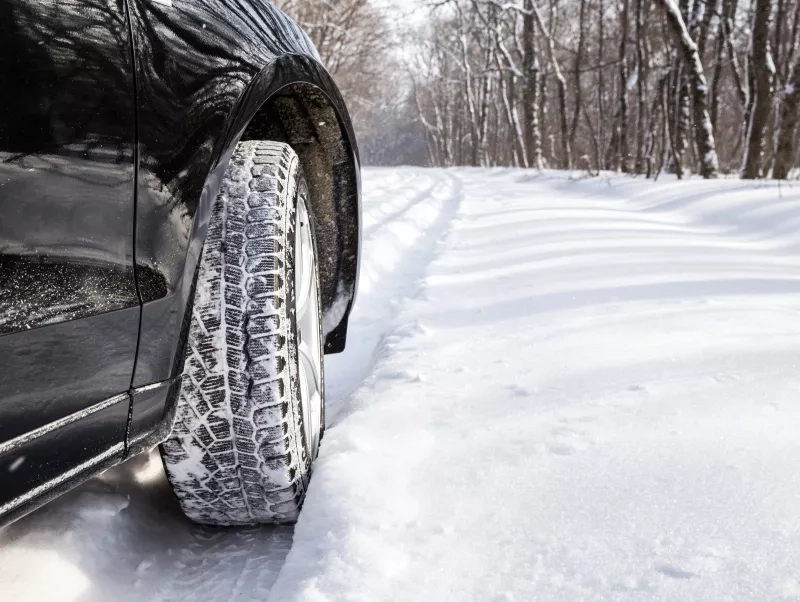
Are winter tires worth it?
1 Minute Read
At first frost, do you switch to snow tires or swear by all seasons? With the cost of winter tires and installation running a few hundred dollars at minimum, it’s no small decision.
But are they really worth the time and money?
According to Ontario’s Ministry of Transportation, the answer is a resounding yes. They state that although all-season tires may be adequate in some areas, they’re not suitable for driving in the snow-belt regions of southern Ontario and throughout the north. The ministry further states that winter tires provide better traction, braking and handling during frost, snow, and slush – and especially under icy conditions.
While winter tires are not required by law, they are recommended by Ontario and other provincial governments. There are currently no plans to make winter tires mandatory in Ontario. However, all private insurance companies in Ontario must offer a winter tire insurance discount.
It comes down to cold, hard science: the rubber compound that makes up a winter tire is designed to stay soft in sub-zero temperatures, minutely moulding itself to all the tiny imperfections in the road to provide greater traction – even when that road looks like a perfectly smooth pane of icy glass.
Meanwhile, all-season tires can fail in their efforts to be all things to every season because they are designed to work in weather conditions that include the extreme heat of high summer. As the temperature falls, the rubber in all-season tires can, therefore, become rigid rather than pliable, decreasing the ability to stop quickly and safely.
As a result, all seasons are considered no match for winter tires when it comes to hazardous weather performance.
On snow, ice or cold pavement, the stopping distance of a car with snow tires can be up to 40 per cent shorter than one with all seasons.
In another test, cars that go 50 km an hour with winter tires are able to stop between seven and 13 m. sooner than cars without them. Sometimes jokingly referred to as “no-season” tires, there’s nothing frivolous about the fact that these differences in performance can literally mean the difference between life and death.
While there’s no denying the initial expense of purchasing winter tires, or the investment in time and money that it costs to switch them twice yearly, the increase in safety outweighs additional costs.
In short, winter tires
- Help reduce braking distance on cold, wet, ice and snow-covered roads
- Stay flexible in cold temperatures and ensure excellent grip and braking on wet roads
- Maximize vehicle handling, stability and braking (when installed in sets of four)




